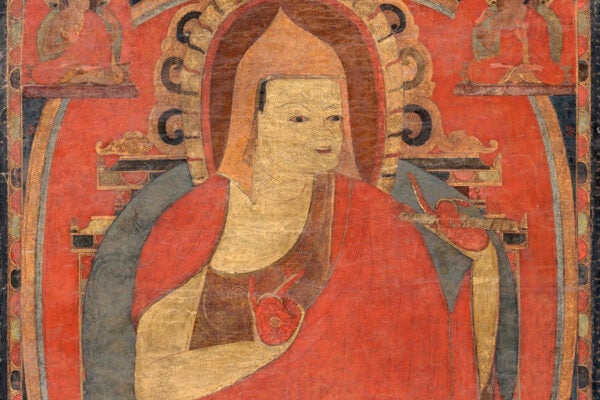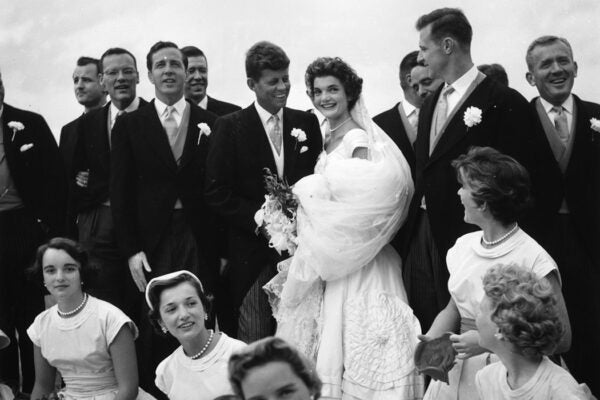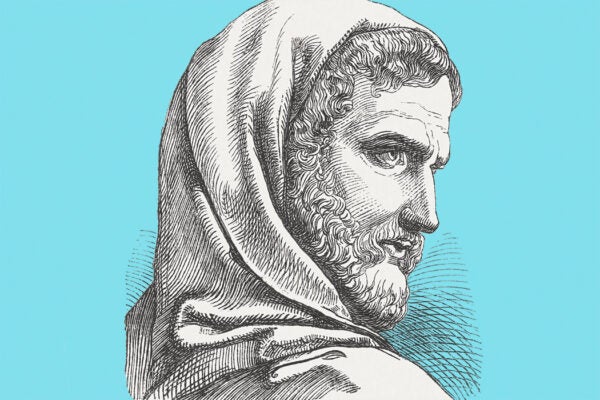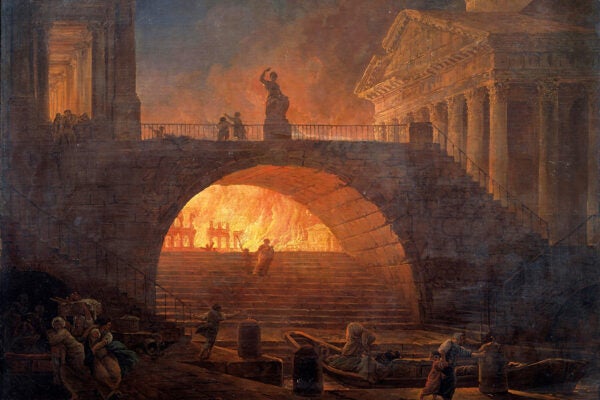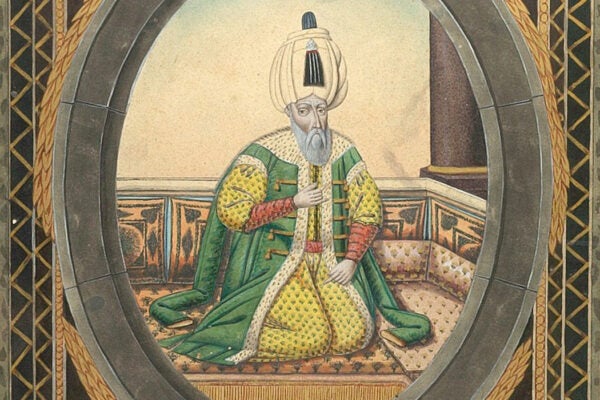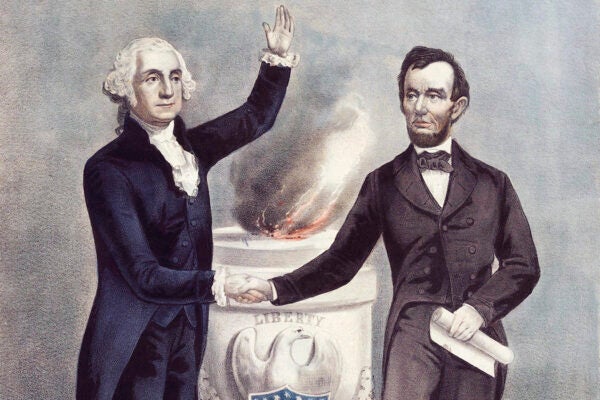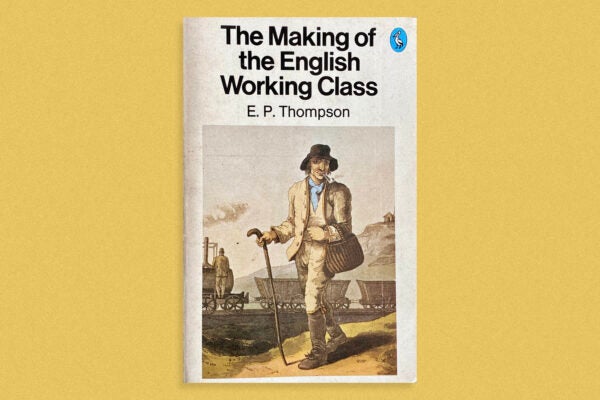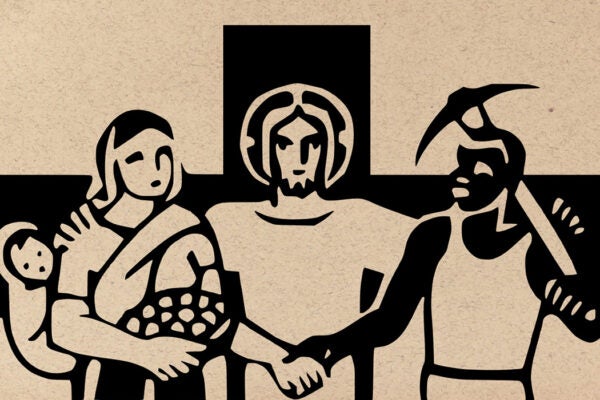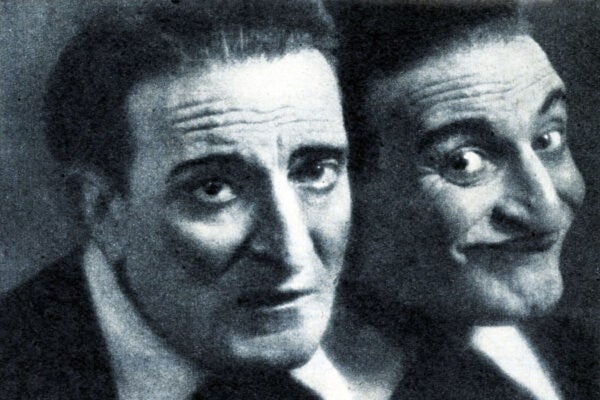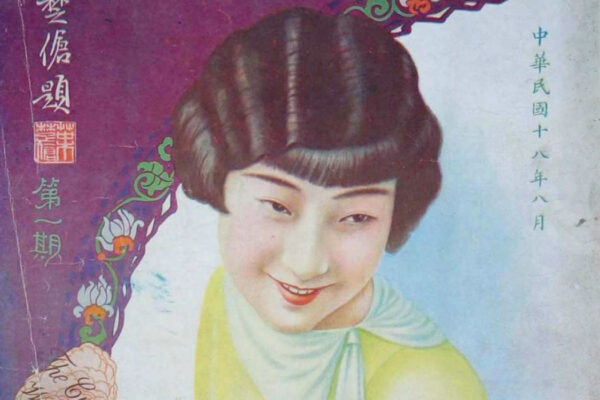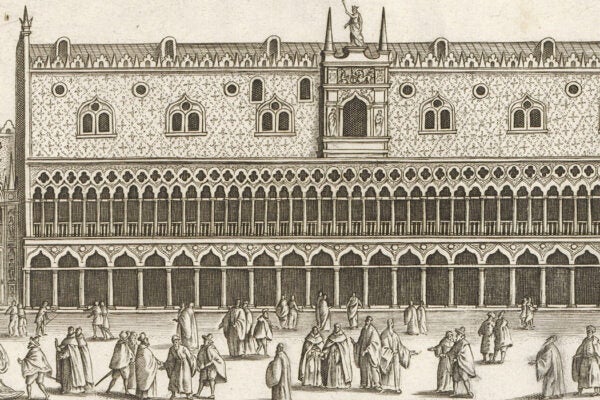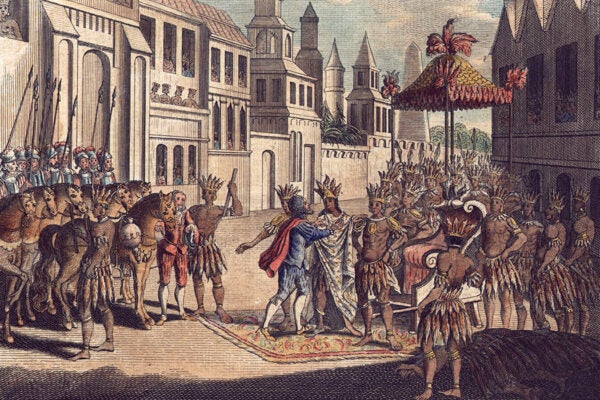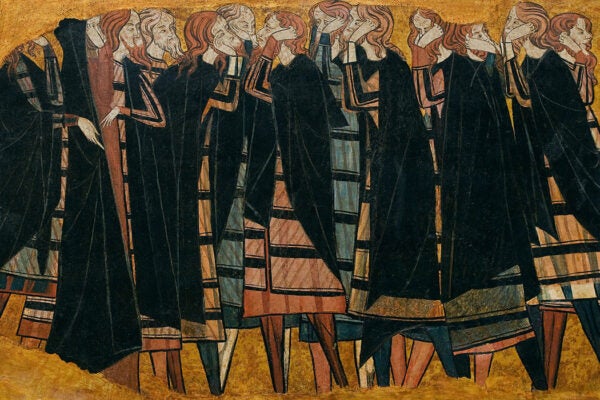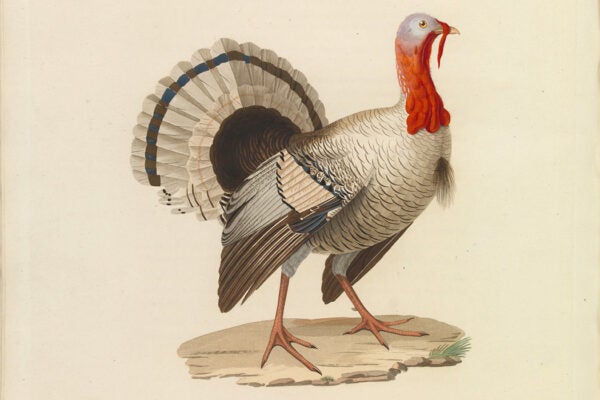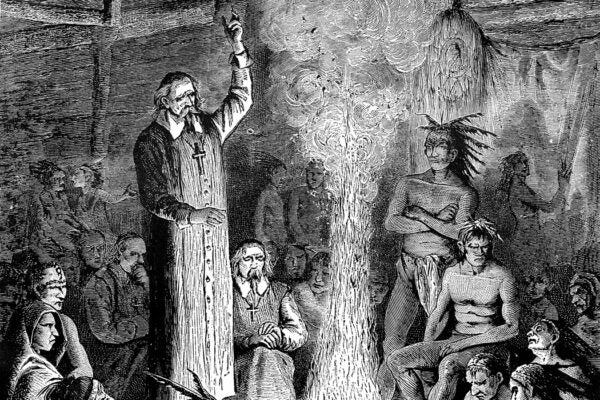The Therapeutic Side of Tibetan Buddhism
Along with teachings on liberation from the cycles of death and rebirth, the Tibetan Buddhist tradition contains guidance on removing impediments to compassion.
The Literal Magic of the Kennedys
Americans have long viewed the Kennedy family as a kind of magical royalty associated with occult notions and conspiracies.
The Numinous World of Pliny the Elder
As a follower of Stoic philosophy, Pliny used sensory experience to try to understand the divine.
A History of Fire
It’s only as we brought fire under better control that we stopped thinking so much about it—and, with climate change, that may be shifting again.
Fighting for El Salvador, from Wisconsin
In the 1980s, people from across the US used civil programs and other direct connections with Salvadorans to build opposition to El Salvador’s oligarchy.
Creating an Ottoman Political Culture
As the Ottoman Empire became a world power in the fifteenth century, it also became a center of culture, producing original political literature and philosophy.
An Age of Fantasy Politics
Tropes from science fiction and fantasy have become fodder for political rhetoric and action on all sides in the twenty-first century.
Valentine’s Day in Egypt
In recent decades, celebrations of Valentine’s Day have become common in Egypt. But, as anthropologist Aymon Kreil found, opinions on the holiday are mixed.
Praising Washington in Lincoln’s Day
At the time of the Civil War, many Americans revered the nation’s Founding Fathers, and both supporters and opponents of slavery recruited them to their sides.
E. P. Thompson and the American Working Class
Published in 1963, Thompson’s influential The Making of the English Working Class quickly led to questions about the nature of the American working class.
How Progressives Legalized Usury
In the early twentieth century, reformers united with capitalists to promote high-interest lending, overthrowing opposition to usury rooted in Christian tradition.
What “Pain” Means
The English word “pain” once meant punishment, but over time, it’s been used to refer to different kinds of unpleasant experiences.
Catholics Against Racism
As early as the 1930s, Black Catholic parishioners formed alliances with their white counterparts to put their churches in service of anti-racist goals.
How Minnesota Became a Queer Hmong Mecca
Despite policies meant to scatter immigrants from the same ethnic group across the United States, the Twin Cities area became a refuge for LGBTQ Hmongs.
Laughing With the Fascists
Mussolini’s regime isn’t generally associated with a sense of humor, but the Fascist party found comedy useful in certain circumstances.
Industrial Policy via Women’s Magazines
In the early 1900s, women’s magazines helped both women and men grapple with China’s fast-changing world of technology and industrial activity.
Venice, the Walkable Sixteenth-Century City
In early modern Venice, walking was the most convenient mode of transportation for almost everyone. It was also a symbol of strength and nobility for elites.
A Tibetan Christmas
The story of Cizhong’s Catholic holiday festival began when French missionaries arrived in northwest Yunnan with plans to spread their faith across Tibet.
Mining for European Art
Advances in painting in early modern Europe were the product not just of artistic innovation but of changes in mining and manufacturing technology.
Was the Story of Cortés Plagiarized from Arabic?
The mythic stories of the Spanish conquest of Mexico seem to have been largely taken from earlier tales of the Muslim conquest of southern Spain.
Theologies of Emotion in Medieval Europe
The framework used by theologians to understand emotions changed in the Middle Ages, thanks in part to new translations of Arabic texts.
The Tragedy that Transformed the Chicano Movement
In 1963, more than thirty Mexican guest workers died in a terrible accident in California. The fallout helped turn farmworkers’ rights into a national cause.
The Great American Turkey
The turkey was semi-domesticated and kept in pens in the American Southwest some 2,000 years ago—but not for the reason you think.
Making Scents of Jesuit Missionary Work
The use of sensory stimulants like incense gave Jesuits a common framework with the North American nations they encountered on missionary trips.
The Anti-Sex-Trafficking Vigilantes Next Door
A fear of rampant sex-trafficking in American cities sparked a new wave of civilian vigilante activity in the early twenty-first century.

